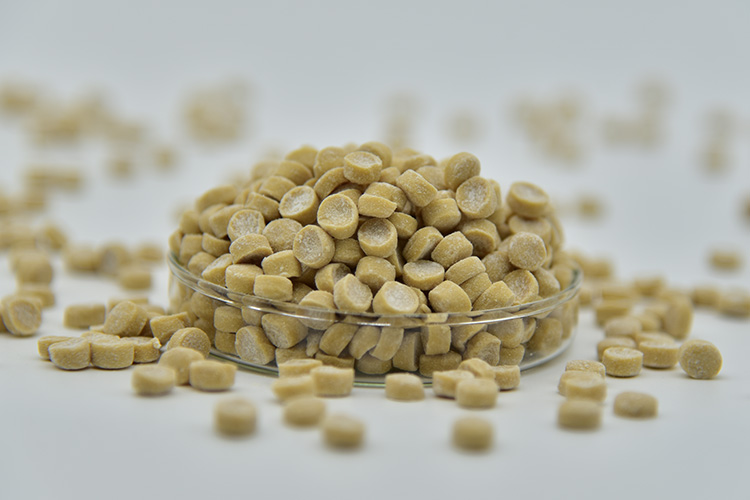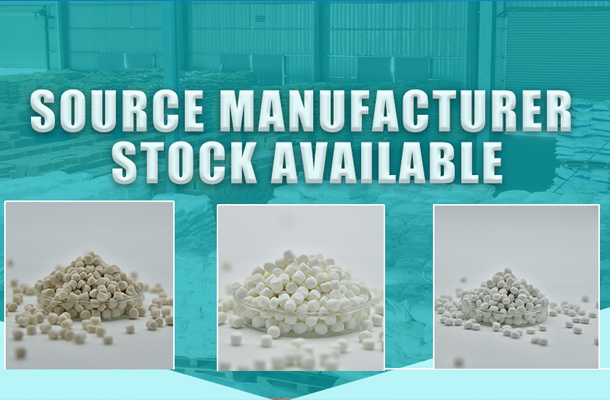Rubber antioxidants are chemical compounds added to rubber materials to inhibit or retard the aging process caused by factors such as oxygen, heat, light, and mechanical stress, thereby prolonging the service life and maintaining the properties of rubber products. These compounds operate through various mechanisms, including absorbing harmful UV rays, scavenging free radicals, passivating metal ions, or enhancing the cross-link density of rubber. The main categories include, but are not limited to:
- Sulfur-containing antioxidants: As the earliest type, they enhance rubber stability through vulcanization reactions.
- Reactive antioxidants: Offering better controllability and processing properties compared to sulfur-based ones.
- Thermal and oxidative stabilizers: Specifically targeting aging induced by heat and oxidation.
- Ozone protectors: Shielding rubber from ozone attack.
- Metal deactivators: Preventing metal ions from accelerating rubber aging.
- Ultraviolet absorbers: Absorbing UV light to reduce photo-aging.
- Fatigue and crack resistance improvers: Enhancing physical properties to increase crack resistance.








